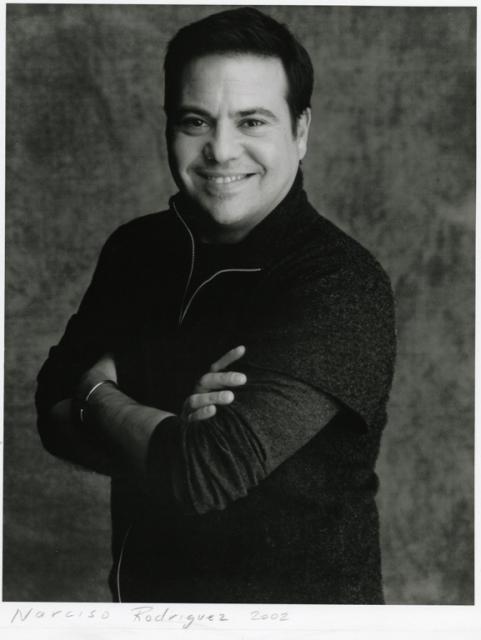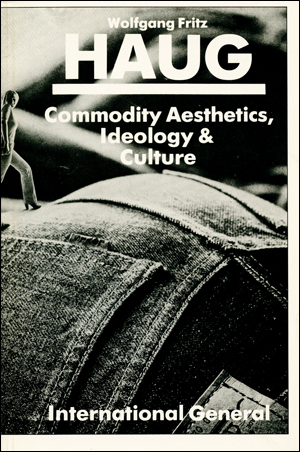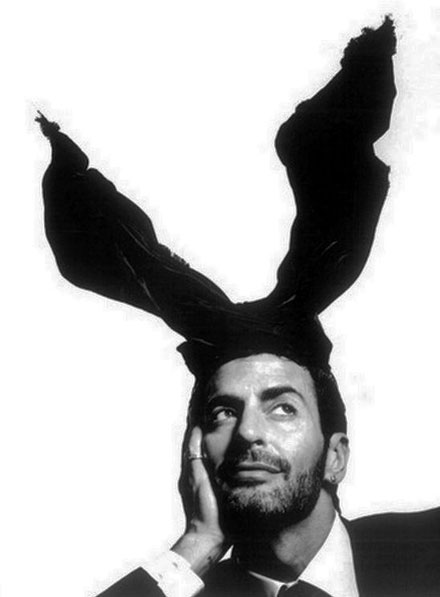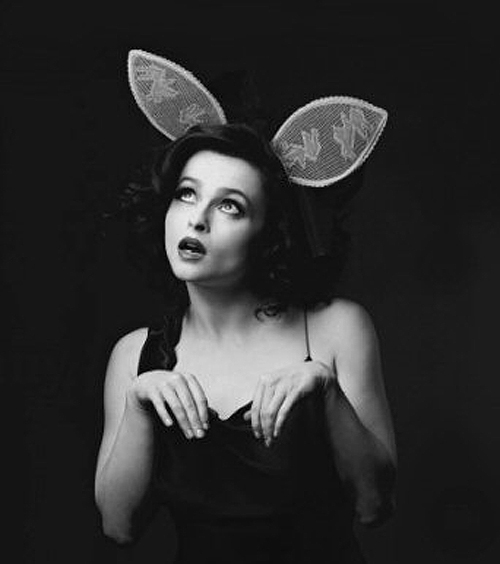“The outside influences are always pouring in upon us, and we are always obeying their orders and accepting their verdicts. The Smiths like the new play; the Joneses go to see it, and they copy the Smith verdict.”
Mark Twain
Corn Pone Opinions
1923
“Sha, la, la, la, la, la, la
Mmm
Uh huh
I was down at the New Amsterdam
Staring at this yellow-haired girl
Mr Jones strikes up a conversation
Sha, la, la, la, la, la, la
Mmm
Uh huh
With a black-haired flamenco dancer
You know, she dances while his father plays guitar
She’s suddenly beautiful
We all want something beautiful
Man, I wish I was beautiful
So come dance the silence down through the morning
Sha la, la, la, la, la, la, la
Yeah
Uh huh
Yeah
Cut up, Maria!
Show me some of that Spanish dancin’
Pass me a bottle, Mr Jones
Believe in me
Help me believe in anything
‘Cause I want to be someone who believes
Yeah
Mr Jones and me
Tell each other fairy tales
And we stare at the beautiful women
She’s looking at you
Ah, no, no, she’s looking at me
Smilin’ in the bright lights
Coming through in stereo
When everybody loves you
You can never be lonely
Well, I’m gonna paint my picture
Paint myself in blue and red and black and gray
All of the beautiful colors are very, very meaningful
Yeah, well, you know gray is my favorite color
I felt so symbolic yesterday
If I knew Picasso
I would buy myself a gray guitar and play
Mr Jones and me
Look into the future
Yeah, we stare at the beautiful women
She’s looking at you
I don’t think so
She’s looking at me
Standing in the spotlight
I bought myself a gray guitar
When everybody loves me
I will never be lonely
I will never be lonely
Said I’m never gonna be
Lonely
I wanna be a lion
Yeah, everybody wants to pass as cats
We all wanna be big, big stars
Yeah, but we got different reasons for that
Believe in me
‘Cause I don’t believe in anything
And I wanna be someone to believe, to believe, to believe
Yeah!
Mr Jones and me
Stumbling through the Barrio
Yeah, we stare at the beautiful women
She’s perfect for you
Man, there’s got to be somebody for me
I wanna be Bob Dylan
Mr Jones wishes he was someone just a little more funky
When everybody love you
Oh! Son, that’s just about as funky as you can be
Mr Jones and me
Starin’ at the video
When I look at the television, I wanna see me
Staring right back at me
We all wanna be big stars
But we don’t know why, and we don’t know how
But when everybody loves me
I’m wanna be just about as happy as I can be
Mr Jones and me
We’re gonna be big stars”
Mr. Jones is a song by American alternative rock band Counting Crows. It was released in December 1993 as the lead single and third track from their debut album, August and Everything After (1993). It was the band’s first radio hit and one of their most popular singles.
 The album cover depicts handwritten lyrics to a song called August and Everything After, but the band decided against featuring the song on the album of the same name; it was not until over a decade later that it was played as part of one of their live concerts.
The album cover depicts handwritten lyrics to a song called August and Everything After, but the band decided against featuring the song on the album of the same name; it was not until over a decade later that it was played as part of one of their live concerts.
The band’s debut album August and Everything After was produced by American musician, songwriter, and soundtrack and record producer T-Bone Burnett. Joseph Henry “T Bone” Burnett was a touring guitarist in Bob Dylan‘s band on the Rolling Thunder Revue. And he also produced the second album by The Wallflowers, Bringing Down the Horse, released in 1996. August and Everything After became the fastest-selling album since Nirvana‘s Nevermind.
According to Adam Duritz, the song title had a hand in the naming by Jonathan Pontell of Generation Jones, the group of people born between 1954 and 1965. “I feel honored that my song Mr. Jones was part of the inspiration for the name Generation Jones. The name Generation Jones has several connotations, including a large anonymous generation, a “keeping up with the Joneses” competitiveness and the slang word “jones” or “jonesing”, meaning a yearning or craving
The primary topic of the song itself is perhaps how two struggling musicians (Duritz and bassist Marty Jones of The Himalayans) “want to be big stars,” believing that “when everybody loves me, I will never be lonely.” Duritz would later recant these values, and in later concert appearances, Mr. Jones was played in a subdued acoustic style, if at all. On the live CD Across a Wire Duritz changes the lyrics “We all wanna be big, big stars, but we got different reasons for that” to “We all wanna be big, big stars, but then we get second thoughts about that,” and “when everybody loves you, sometimes that’s just about as funky as you can be” to “when everybody loves you, sometimes that’s just about as fucked up as you can be.”
Some believe the song is a veiled reference to the protagonist of Bob Dylan’s Ballad of a Thin Man, based on the lyric “I wanna be Bob Dylan, Mr. Jones wishes he was someone just a little more funky.” According to Adam Duritz on VH1 Story Tellers “It’s really a song about my friend Marty and I. We went out one night to watch his dad play, his dad was a Flamenco guitar player who lived in Spain (David Serva), and he was in San Francisco in the mission playing with his old Flamenco troupe. And after the gig we all went to this bar called the New Amsterdam in San Francisco on Columbus.”
In a 2013 interview, Duritz explained that the song is named for his friend Marty Jones, but that is about Duritz himself. “I wrote a song about me, I just happened to be out with him that night,” Duritz said. The inspiration for the song came as Duritz and Jones were d runk at a bar after watching Jones’ father perform, when they saw Kenney Dale Johnson, longtime drummer for the musician Chris Isaak, sitting with three women. “It just seemed like, you know, we couldn’t even manage to talk to girls, … we were just thinking if we were rock stars, it’d be easier. I went home and wrote the song,” Duritz said. He sang the song in fun, enjoying the fantasy of making it big. However, he did not realize that just months later, in December 1993, MTV would begin playing the video for the song. It was an unexpected hit song, drawing massive radio play and launching the band into stardom.
To listen to this song and watch the music video, please take a gander at The Genealogy of Style‘s Facebook page: https://www.facebook.com/pages/The-Genealogy-of-Style/597542157001228





















































































 Elsa Peretti in a Halston-designed Bunny costume, photographed by Helmut Newton in New York City, 1975
Elsa Peretti in a Halston-designed Bunny costume, photographed by Helmut Newton in New York City, 1975 
 Playboy-inspired logo bathing suit
Playboy-inspired logo bathing suit














